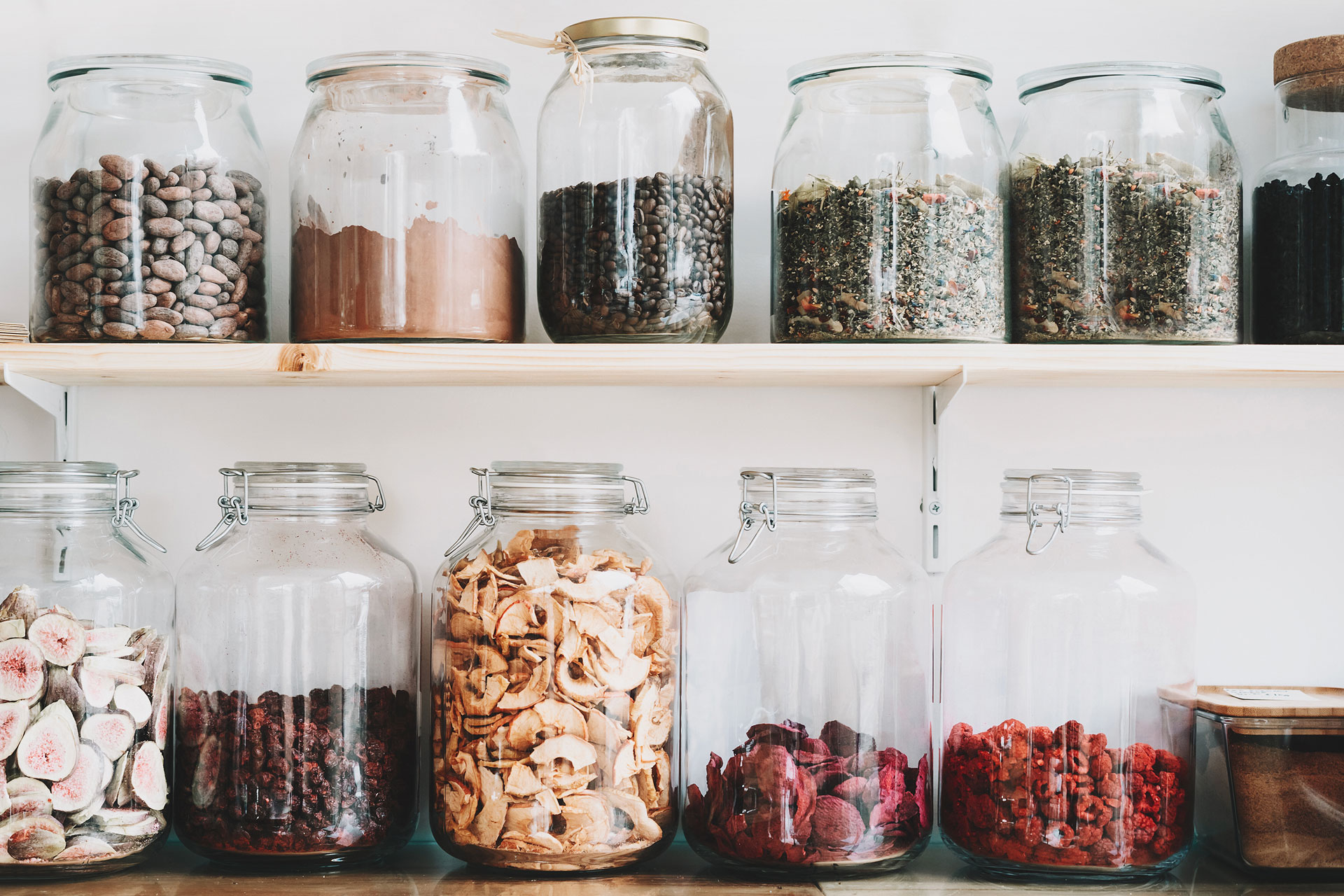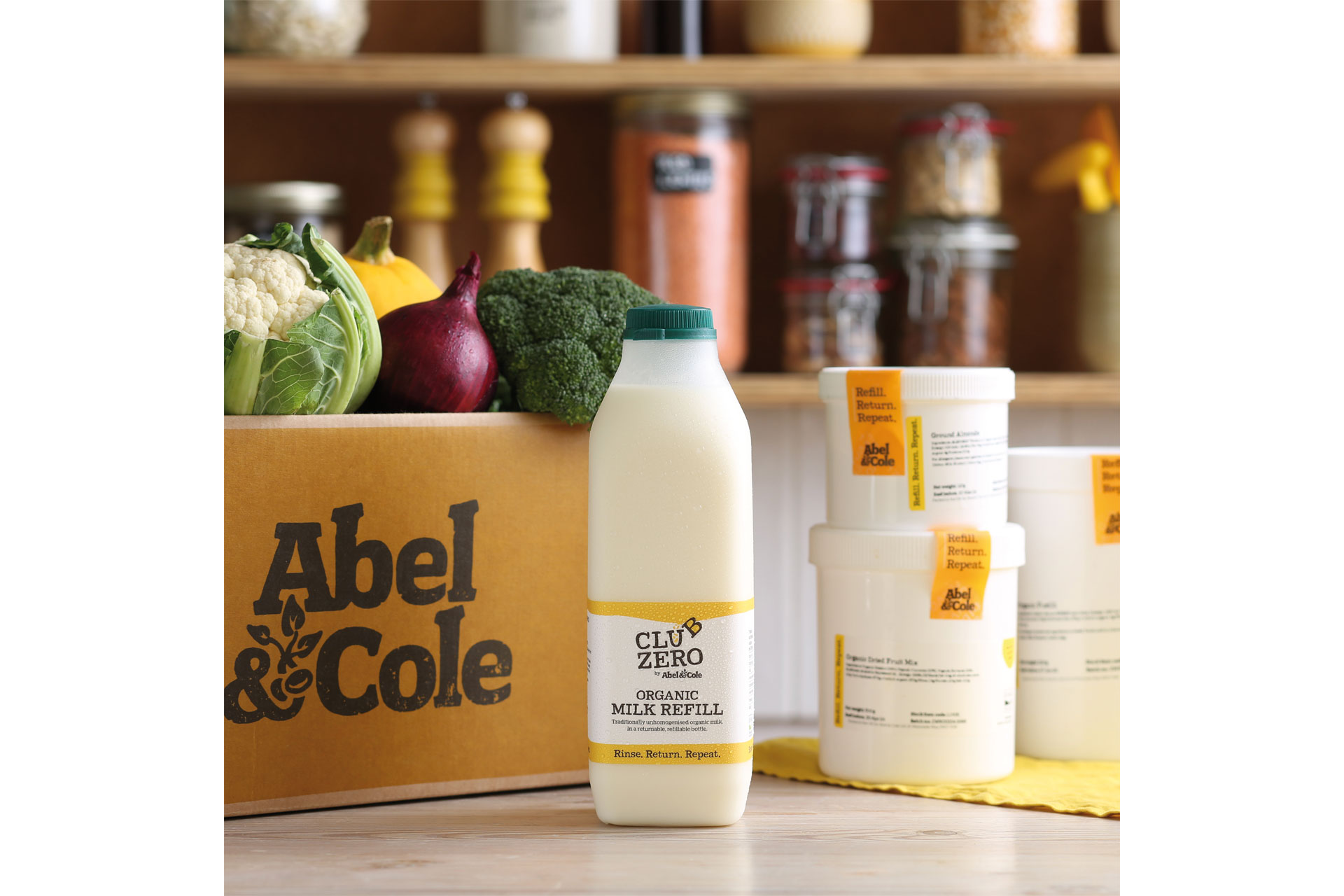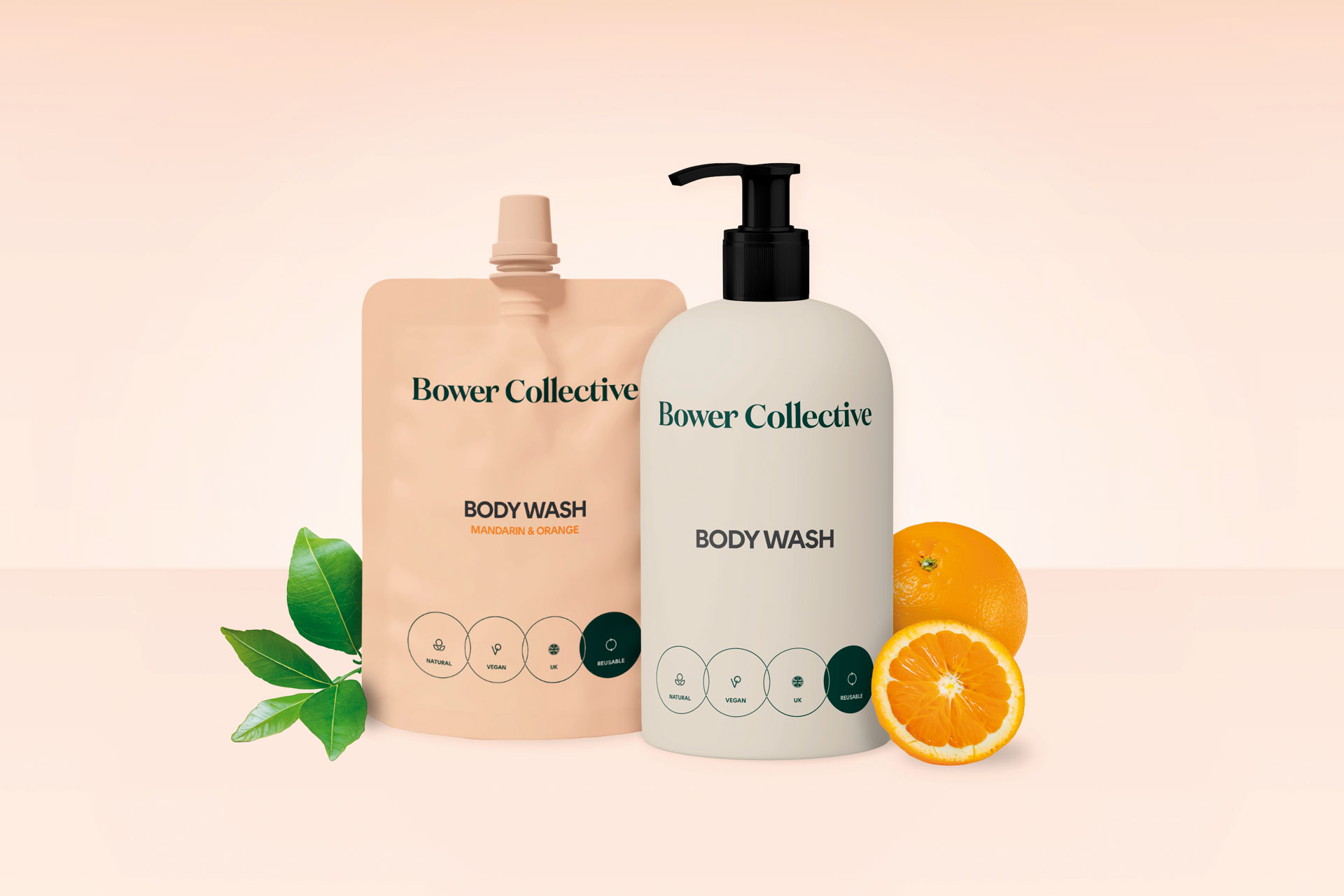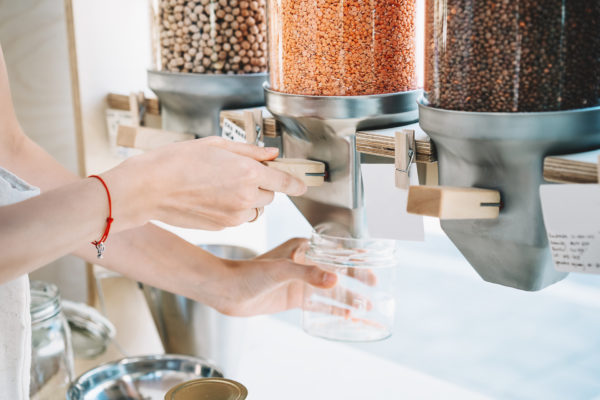No Plastic? Fantastic: Why Digital Refill Is The New Hot Thing
By
1 year ago
A refill revolution, as it were

We’ve all seen them on the chi-chi shopping streets of well-heeled towns and London boroughs – those beautiful Scandi-looking stores with their rustic shelves impeccably lined with tall kilner jars of pasta, oats and organic spelt on one side and laundry detergent, shampoo and conditioner on the other. Welcome to the refill store – the shops waging war on our culture of throwaway plastic, while looking immaculate in the process.
Given that microplastics have been found everywhere from placentas to breast milk, it’s obvious we need to address our plastic problem. It’s not as if we’re unaware of it, of course – according to Ecover’s 2022 Refill Report, about 45 percent of Britons view plastic as the government’s most pressing environmental issue. But it’s a hard problem to combat given the prevalence of it in our society. We’ve tried recycling it and failed dismally (globally only nine percent of plastic is actually recycled), so the focus needs to be on reduction and reuse. Refilling containers that you already have in your larder is one of the most obvious weapons in our arsenal for beginning to dismantle the problem.
The good news is that the refill economy is on the up. According to Reuters and packaging analysts Smithers, the global market for refillables will grow five percent a year to reach a potential value of $53.5bn by 2027. Mintel’s Food and Drink Packaging report attributes this to people simply feeling happier when they use a refill service; 60 percent say they feel like they’re making a difference with this more considered approach.
Supermarkets, like Marks & Spencer, Aldi and Asda, have rolled out their own trials and stations – albeit to limited stores – offering refill at cost-efficient pricing. It’s a solution with the potential for mass market appeal.
The bad news is that the scale isn’t there yet; and while we may want to ‘do the right thing’, quite often ease and convenience override all our good intentions. You may not live near a refill store or supermarket with the services, for example – or struggle with transporting jars and containers on a weekly basis to a brick-and-mortar store.
Refill, however, isn’t just a service found in stores – and this is where the refill revolution has potential to go big. Home subscription or ‘e-fill’ services delivered to your door are fast becoming the biggest player in this plastic-reduction puzzle, resolving any clunkiness and convenience issues with the in-store experience. Nick Torday was thinking about this when he founded Bower Collective, an e-fill site with subscription options aiming to push the refill movement into the mainstream.
‘It’s all about the customer experience,’ says Nick. ‘We know that getting all your empty bottles ready, then walking or driving to your nearest refill store – if indeed you even have one – and then refilling in a store is an experience with many shortcomings.
‘With Bower, and other e-fill, the products are delivered to your door, dispensers clearly labelled, and you can decant them at your kitchen sink in minutes – then you just send the empties back to us for free,’ he continues. ‘We’ve designed the easiest possible reuse and refill option available in the market right now.’

Abel & Cole’s Club Zero is a digital refill solution
Hugo Lynch, sustainability lead at Abel & Cole, which offers Club Zero products [i.e refillable], agrees. ‘Having to bring your own pots was a barrier to purchase – it’s heavy and awkward to carry.’
Obviously, other challenges to changing lifestyle habits remain, the most obvious of which is how to make the ‘refill’ aspirational, sexy and desirable. This is a challenge faced by the entire ‘conscientious’ market, but particularly difficult to address within refill – given that it deals mostly with under-the-sink household sprays and cleaners (a distinctly unsexy product group). According to a recent New York Times article, sustainable products that take off are in categories that offer up ‘status markers’. Think a kinder cashmere jumper or an artisanal lampshade. This is down to psychology. Research in the Journal of Business Ethics shows that consumers are more likely to make sustainable purchasing decisions when another benefit is presented, i.e. the product makes you feel cooler, healthier, or happier too.

Bower Collective enlisted an ex-Soho House creative to redesign the products
In a bid to address this, the digital players are focused on making their user experiences cool. Bower Collective, for example, enlisted ex-Soho House creative director Ulrich Boulon to refresh the brand with a particular focus on product packaging – a step towards making the products more covetable. And it ensured that making the refill was as easy as possible – popping the product straight back in the post to be refilled for you, meaning no messy decants at home.
The Best Members’ Clubs In London
The reason e-fill is innovative – revolutionary, maybe – is that in terms of nailing behavioural change, it scratches an itch traditional refill can’t. Digital services makes it easier when our intentions fail.
There’s a phenomenon psychologists call the ‘intention-behaviour gap’ that tracks the chasm between our principles and actual lived actions. ‘The intention-behaviour gap is a widely discussed idea in research on consumer choices when it comes to sustainability and ethics,’ says Dr Ada Maria Barone, from Goldsmiths University, ‘because while often intentions are predictive of subsequent behaviours, it’s not so for these particular choices.
‘Companies need to make refill solutions more convenient and less effortful to help consumers adopt these solutions into their daily lives,’ she continues. ‘While I don’t have data or evidence in relation to refill stores, I expect that consumers find it easier to engage with online refill than brick-and-mortar retailers.’
That’s true, says Nick of his customers. ‘Our customer retention is solid, and so the average customer does 36 refills per year – with only a churn of three percent, versus industry average of six-to- eight percent.’
Leveraging technology through apps and online subscriptions help hop the intention-behaviour gap – they construct that necessary bridge to make it easy for those who just really can’t be bothered, or who are simply too busy. The Ecover report claims that the key to making refill work is to make it better than the conventional option. It’s clear that we’re making progress: Bower Collective and other brands present convenient, aspirational options that you covet more than the OG product. Ecover’s final note, though, is that we’re still a while away from adopting widespread refill in our lives.
Ultimately, mass implementation will require the set-up of holistic refill channels throughout our entire society – a product is sent to our home, picked up by our milkman, or returned to your corner store, before the cycle starts over – in a genuinely interconnected web. The digital and the store, in short, need to properly join hands. But as far as the refill revolution is concerned, home subscription services are certainly beginning to weave that web.






